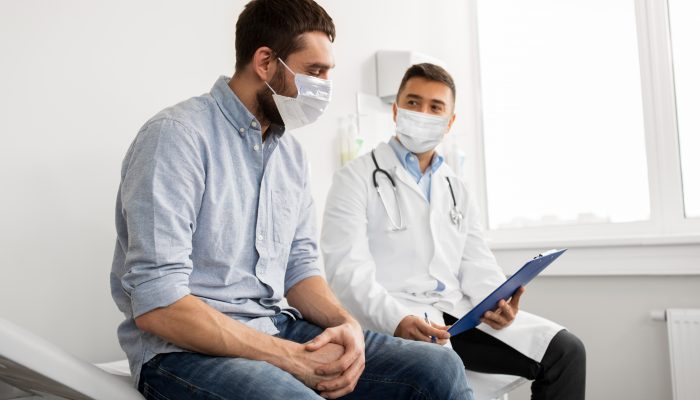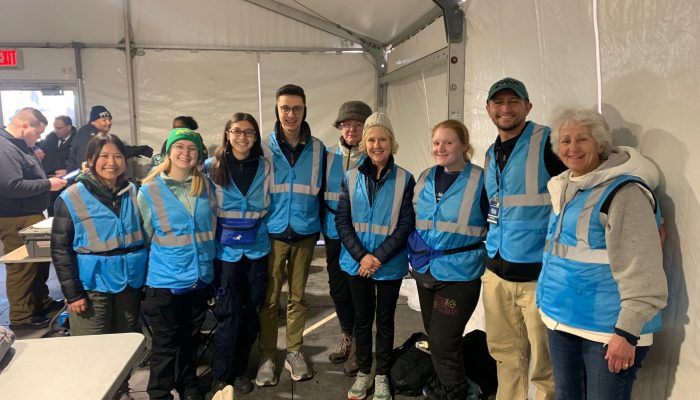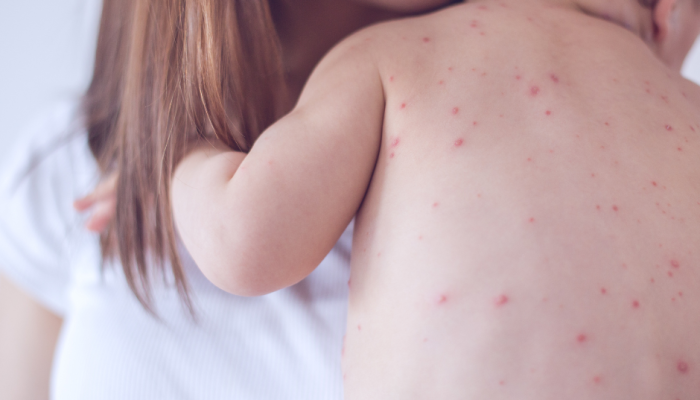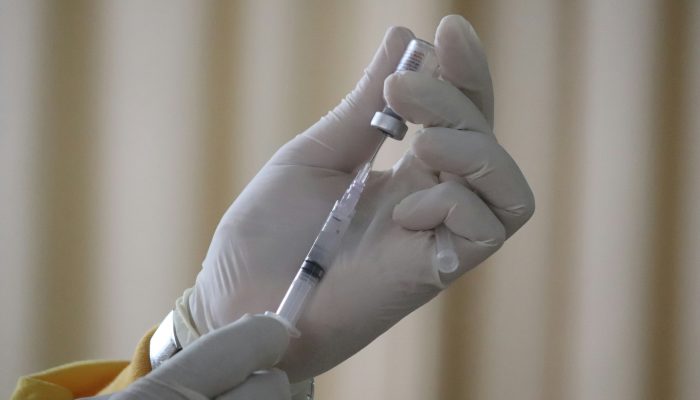On June 2, the Health Department announced the first case of monkeypox in Philadelphia had been identified. Since then, new cases have continued to be found throughout the country. As of June 16, cases have been found in 20 U.S. states and Washington, D.C.
How worried should I be?
The Health Department believes that the risk to Philadelphians from monkeypox is extremely low. It’s not like COVID-19 or the flu, meaning it doesn’t spread as quickly. And for people that could be at some risk, they can reduce their risk by taking precautions.
Who is at risk of being exposed to monkeypox?
Anyone can get and spread monkeypox, but most cases in the current outbreak are among gay, bisexual, transgender persons, or other men who have sex with men. However, it’s important to remember that anyone can get monkeypox. It can spread during any type of direct or close physical contact, including heterosexual sex.
What is monkeypox?
Monkeypox is a viral disease that is usually found in Central and West Africa. Monkeypox was first discovered in laboratory monkeys in 1958. In 1970, Monkeypox was reported in humans for the first time. Monkeypox can be fatal, but that’s very rare and has never happened in the United States.
Why do they call it monkeypox?
It’s called monkeypox because that’s where the disease was first identified. You might be surprised to learn that there’s a disease called cowpox that’s found in cows.
The World Health Organization is working to change the name of the disease to make it less stigmatizing. The Health Department will start using that name once it gets announced.
What does monkeypox look like?
Monkeypox doesn’t always start with the rash that you’ve seen in pictures. Symptoms usually start a week or two after exposure to someone with monkeypox. It sometimes starts with symptoms that might feel like the flu: fever, swollen lymph nodes, and just feeling unwell.
Over a period of a couple of weeks, a rash and lesions or bumps will develop. The rash might only be a few bumps but can be seen anywhere on the body including on the face, in the mouth, or on or around the genitals or anus. These lesions and rash can last up to two to four weeks.
How does it spread?
Monkeypox is spread by close, personal contact with someone who has monkeypox or by touching objects, fabrics, or surfaces that have been used by someone with monkeypox.
A person can give monkeypox to others as soon they have a fever or feel unwell. They can give it to someone else while they have a rash until the lesions have scabbed over, fallen off, and new skin has grown back. This can take up to a month.
How can I protect myself?
The best way to avoid getting monkeypox is to avoid close contact with people who may have it. There’s no problem with asking a partner if they have a rash or lesions. If you know someone who has it, avoid touching things that they have touched. Wash your hands frequently with soap and water or use hand sanitizer frequently.
The CDC is working with local and state health departments to provide vaccine to people who have been in contact with someone with confirmed monkeypox. It can prevent a person from developing monkeypox even after they have been exposed. The vaccine is not available for people who have not been exposed.
What should I do if I think I have it, or have been exposed?
If you think that you’ve been exposed to monkeypox or are feeling unwell or have noticed a new rash, you should call your regular healthcare provider as soon as possible. If you don’t have a healthcare provider, you can visit https://findahealthcenter.hrsa.gov to find a public health clinic or visit an urgent care facility.




